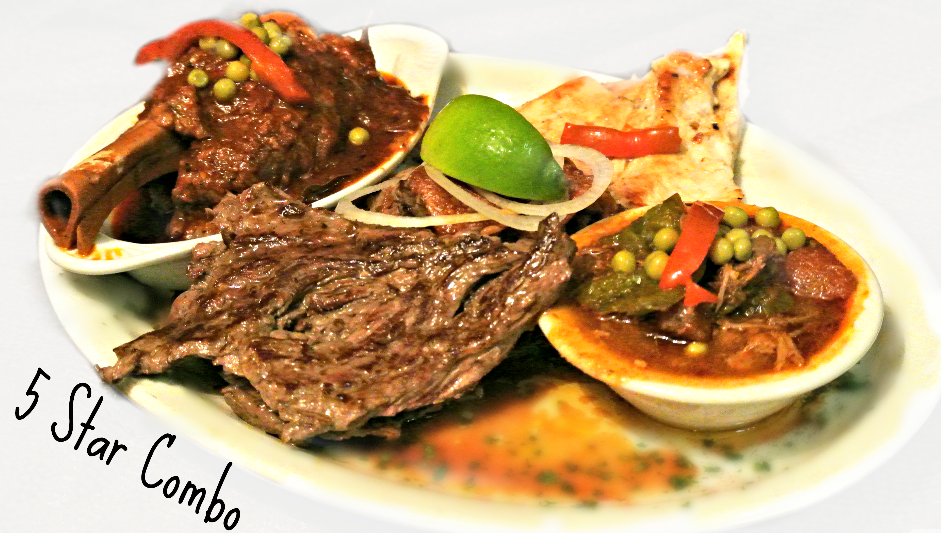


The plantation of sugar increased in the 18th century and many African slaves were imported to the island as laborers. New buildings were constructed mainly from wood and other materials available on the island, combining various Iberian architectural styles. The 17th and 18th centuries saw Havana grow steadily in wealth, size and prominence. On December 20, 1592, King Philip II of Spain granted Havana the title of City.Ĭolonial History in the 17th - 19th centuries

This led to the construction of the first fortress in Havana by the Spanish Crown. The first attack and resultant burning of the city was by the French corsair Jacques de Sores in 1555. This also fueled the establishment of Havana's agriculture and manufacture, since the Spanish fleet had to be supplied with food, water, and other products needed to traverse the ocean.Īs an important trading port, Havana also suffered regular attacks by buccaneers, pirates, and French corsairs. Ships from all over the New World carried their products first to Havana, in order to be taken by the fleet to Spain. The settlement was named after San Cristóbal, patron saint of Havana and the island of Cuba initially served as a base for Spanish conquest of other lands while the harbor of Havana developed as an important trading port. Originally founded in 1515 on the banks of the Mayabeque River on the southern coast of the island, by Spanish conquistador Diego Velázquez de Cuéllar, the settlement which was called 'San Cristóbal de la Habana' moved to its present-day location on the island's north coast by 1519. In this article, we explore some of the traditional food, drink and the interesting history and culture of Havana, a vibrant yet laid-back Cuban city.


 0 kommentar(er)
0 kommentar(er)
